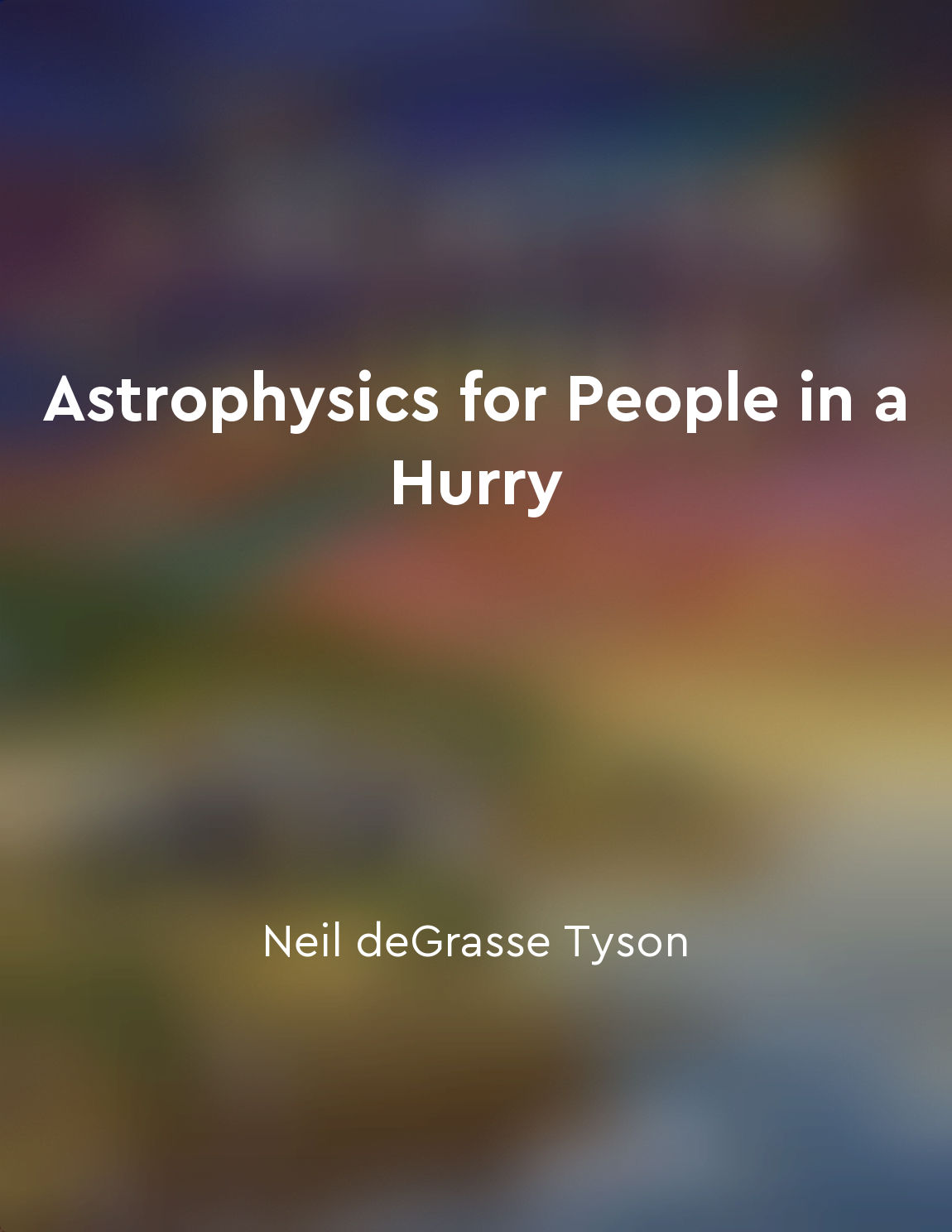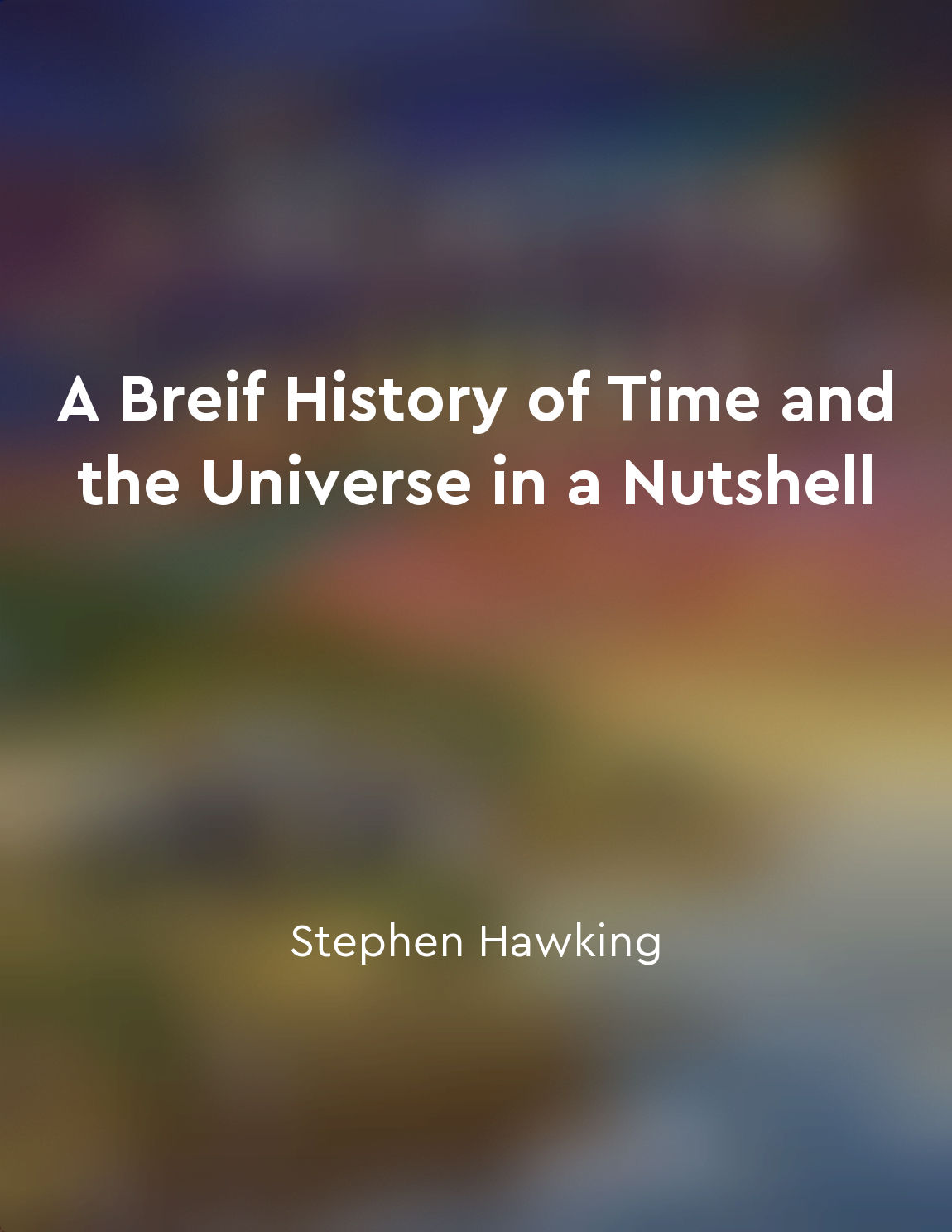Black holes result from collapsed stars from "summary" of A Breif History of Time and the Universe in a Nutshell by Stephen Hawking
When a massive star runs out of fuel, it can no longer support its own weight against the force of gravity. The star then collapses under its own gravitational pull, leading to the formation of a black hole. As the star collapses, its outer layers are blown away in a massive explosion known as a supernova, leaving behind a small, dense core. This core then continues to collapse until it becomes a singularity – a point of infinite density and zero volume. The gravitational pull of the singularity is so strong that not even light can escape from it, hence the name "black hole". The boundary surrounding the singularity is known as the event horizon, beyond which nothing can return. Anything that crosses the event horizon is pulled inexorably towards the singularity, with no chance of escape. The size of a black hole is determined by its mass – the more massive the collapsed star, the larger the black hole it forms. Despite their small size, black holes have an enormous gravitational pull that can affect objects and even light that come near them. This gravitational pull can cause nearby stars to orbit around the black hole, creating what is known as an accretion disk. Black holes are not only formed from collapsed stars, but can also result from the collision and merger of two neutron stars or black holes. In these cases, the combined mass of the two objects forms a single, more massive black hole. The study of black holes has led to many groundbreaking discoveries in the field of astrophysics and has deepened our understanding of the nature of gravity and spacetime.Similar Posts
Liberation
Liberation is not just about freedom from oppression; it also involves the creation of spaces where people can truly be themsel...

The edge of time is near
In the midst of our busy lives, it is easy to lose sight of the fact that time is not infinite. Each passing moment brings us c...

Earth is just a pale blue dot in the grand scheme of the universe
When we look up at the night sky, we see a vast expanse of stars, galaxies, and nebulae stretching out in every direction. It c...
The nature of reality is inherently uncertain
The world we live in is a complex and intricate place, full of mysteries waiting to be unravelled. Despite our best efforts to ...

Black holes result from collapsed stars
When a massive star runs out of fuel, it can no longer support its own weight against the force of gravity. The star then colla...
The concept of time travel raises philosophical questions about reality
Time travel is a topic that has fascinated people for centuries. The idea of being able to travel through time, to visit the pa...
